METHAMPHETAMINE ADDICTION

Seeking treatment? Questions?
Get 24/7 confidential help now:
Or Receive A Call:
Last Medically Reviewed 15 November 2022
METHAMPHETAMINE ADDICTION
Amphetamines (e.g., Adderall, Dexedrine) and methamphetamine are sometimes used to treat attention deficit hyperactivity disorder (ADHD) and narcolepsy. Still, they are also given for short-term weight loss or control in some cases. Methamphetamine, often known as meth, is a strong central nervous system (CNS) stimulant with chemical properties comparable to amphetamines.
Methamphetamine is highly addictive and can lead to addiction after just one use. However, unlike controlled prescriptions, meth usage is far more dangerous. It’s one of the most brutal drugs to overcome, and it’s essential that anyone that engages in meth abuse finds professional treatment. People who attempt to quit methamphetamine abuse alone are rarely able to make a lasting recovery. Many don’t make it out alive.
WHAT’S BEHIND
METHAMPHETAMINE ADDICTION?
Methamphetamine use, like other amphetamines, causes an increase in activity, a reduction in appetite, increased sociability and talkativeness, and pleasurable feelings. However, compared to the same quantity of amphetamines, much larger quantities of the drug enter the brain, making it a much more potent stimulant.
Using meth causes an increase in dopamine levels, a neurotransmitter responsible not just for eliciting pleasurable experiences but also for motivation, memory retention, learning, and reward processing. The surge of dopamine created by meth is significantly higher than the standard quantity produced in the brain, causing users to continue taking the substance to chase those heightened and joyful experiences.
When meth is smoked or injected, it generates an almost immediate rush that is powerful yet short-lived. Another way meth users consume it is by snorting or oral ingestion. This produces significantly different effects from smoking or injecting it. Meth users will experience euphoria within minutes, but the rush is absent from this high. Users will often use both methods to consume meth in an attempt to mix the drug’s effects. Following the first rush, users experience a sustained sensation that can last anywhere from 8 to 24 hours, depending on the method of use. But they are eventually still fleeting, and users frequently attempt to keep them going by taking more of the drug.
What makes substance abuse related to methamphetamine so dangerous is that the stimulant effects, along with the drug’s accessibility, quickly develop into a powerful addiction. These effects last much longer than cocaine, and the drug costs much less. This is the hook that usually pulls people in.
METHAMPHETAMINE VS.
CRYSTAL METH
While the drugs come in different forms, meth and crystal meth are chemically identical. The bulk of meth supplied today is manufactured in labs usually owned by gangs or drug cartels. Much like legitimate pharmaceutical labs, meth labs use professional-grade technology to generate the drug in large quantities with superior quality. The stimulant Ephedrine or Pseudoephedrine, which is present in numerous common over-the-counter cough and cold medications, is often the primary element in meth. Many drug dealers “cut” meth with other drugs to sell a lower grade of the genuine drug for the same price and earn a higher profit margin.
METH ADDICTION
SIDE EFFECTS
Substance abuse is defined as any illegal use of medication or any other type of drug. Methamphetamine abuse often includes the use of other prescription drugs, which can vary from antidepressants to opioids. Because of pharmacological interactions, these additives can be exceedingly harmful.
Meth addiction causes meth users to do anything to keep up with their high, even if it means forgoing meals, sleep, or other responsibilities as they binge on the drug. These binges can last several days, and users remain high the entire time, without eating or sleeping. This frequently results in the development of tolerance. And unfortunately, after taking the drug for an extended length of time, a person will require increasingly higher dosages to get the same benefits as before. At this stage, overdose and even death are not far off.
Meth can cause several prominent side effects. These often include elation, hyperactivity, appetite loss, agitation, paranoia, anxiety, insomnia, and rapid weight loss. Other typical side effects of Meth use include skin sores and infections from picking, teeth decay, and “meth mouth.”
People who inject the substance on a daily basis may have collapsed veins and are more likely to get blood-borne infectious illnesses such as HIV/AIDS or hepatitis owing to sharing needles. Snorting meth can cause sinus cavities and nasal passages to become inflamed, resulting in persistent nosebleeds. Meth’sMeth’s effects on the heart and central nervous system can overwhelm the body, resulting in seizures, heart attacks, strokes, and even fatal overdoses. When meth is combined with other substances like heroin, cocaine, or alcohol, the probability of an overdose is much higher. Long-term meth use can also harm the brain by damaging the cells that produce dopamine and serotonin.
DANGEROUS PSYCHOLOGICAL EFFECTS
OF METH
Methamphetamine use might also exacerbate an underlying mental illness and cause existing conditions to get worse. For some, long-term methamphetamine abuse can have detrimental physical effects, as well as the possibility of triggering mental health issues. On the other hand, someone may have started using meth to cope with signs of a mental illness.
Signs and symptoms of a mental condition typically emerge during the “crash,” or post-meth comedown period, and might persist for a few days or weeks. Depending on the person and the quantity of meth they took, side effects of meth abuse can mimic psychosis and even schizophrenia, in which reality is lost. In this condition, thoughts and perceptions become incredibly chaotic.
Co-occurring disorders can detour a user’s motivation to get the substance abuse treatment they need to overcome their meth addiction. Even through meth addiction recovery, a co-occurring disorder or underlying disorder could be missed. Without learning the coping skills vital to treating these disorders, a person can easily slip from their sober life and relapse into drug use to self-medicate. Substance abuse commonly occurs as a result of users feeling they are able to suppress their psychiatric symptoms by using meth. This thought process makes it even more difficult to stop their drug use. Integrated addiction treatment, i.e., dual diagnosis interventions that aim to address both conditions simultaneously, is crucial for recovery.
WITHDRAWAL
SYMPTOMS
The incapacitating nature of methamphetamine withdrawal fosters abusive behavior and increases the chance of bingeing. When attempting to quit using meth, it becomes difficult to feel any joy or pleasure, and withdrawal symptoms such as anxiety, sleeplessness, lethargy, and depression may arise. When the reward system becomes an addiction to meth, the fear of withdrawal and cravings can effectively take over a person’s life, hindering them from ever seeking addiction treatment.
LONG-TERM EFFECTS OF
METH USE
Meth usage can cause dependency and addiction and can affect your health and mind over time. It can alter brain functioning, which can persist long after detox and treatment, and may not be entirely correctable. Effects of chronic methamphetamine use include anhedonia, characterized by the inability to feel pleasure or joy in previously rewarding experiences. People often suffer from severe depression due to this feeling of numbness, which can sometimes lead to suicide if not treated.
TREATING METH
ADDICTION
Methamphetamine addiction recovery necessitates a thorough treatment strategy that includes a few treatment methods, like detoxification, counseling, and behavioral therapy. Detox will remove the physical presence of meth from the body and assist users in readjusting to life without physical dependence on the drug. Counseling will address the psychological harm caused by the substance abuse disorder while also educating recovering users on fighting temptation and maintaining abstinence.
Meth is a complicated substance to overcome. If a person has a persistent, severe meth addiction, they may need to be admitted to an inpatient treatment center. A medical professional can administer the safest detox services to help patients overcome their physical dependence in a treatment center. Rehab centers are also a safe space to control any aggressive behavior that may manifest. It is critical that anybody who suffers from methamphetamine addiction gets professional therapy. There is no need to go through any drug abuse recovery alone. Psyclarity Health has treatment centers all around the country. If you’re battling addiction, we can help you.
TREATMENT PROCESS FOR
METH ABUSE
Outpatient vs. Inpatient Meth Rehab
If clients abuse methamphetamine for a long time and experience significant withdrawal symptoms, an inpatient treatment center may be the better treatment option. If a person is not in a stable environment, they may relapse and slip back into the old pattern of drug abuse. Inpatient addiction treatment facilities provide a secure haven free of temptations and triggers, where people can regain control of their life without fear of recurrence. Depending on the individual’s needs, these programs typically run between 30 and 90 days.
Many personal circumstances influence the decision to enter an inpatient or outpatient meth addiction treatment program. Co-occurring disorders can drastically change the choices for a treatment plan. Underlying mental health factors and issues with a self-medication history can even cause methamphetamine addiction treatment without an inpatient treatment center to be unsuccessful.
On the other hand, an outpatient rehabilitation program may be a choice for someone whose drug abuse is not as severe or who can’t take on an inpatient program due to commitments they cannot abandon. Outpatient treatments are part-time, allowing the recovering addict to continue working or attending school during the day. These often need 10 to 12 hours per week of detox and counseling at a nearby treatment clinic.
Detox
Detox is the next phase in addiction therapy that involves properly removing methamphetamine from the body. Meth detox can be done in either an inpatient or outpatient setting, but a medical expert should always be present to manage a stimulant detox. Medically supervised detox provides a safer and more successful treatment approach because a medical professional can monitor vital signs around the clock and administer medication to keep patients comfortable and stable during withdrawal periods.
Medication
Detox symptoms include anxiety, sadness, tiredness, and an overpowering desire for crystal meth. The good news is that cognitive therapies can be combined with supportive medicines that can help lessen the process’s severity, enhancing drug abuse recovery.
There are presently no FDA-approved medications specifically meant to be used for the crystal meth detoxification procedure. However, certain medicines may be given to patients to feel as comfortable and safe as possible during the process of detox. Medications that aid in regulating Dopamine, GABA, and Serotonin drugs are some of the current pharmaceutical treatments used to help with methamphetamine addiction treatment.
Benzodiazepine drugs, for example, can be provided for people who get anxious or terrified as their bodies adjust to the detox. Another medication proven helpful in the treatment process is Bupropion, an antidepressant with stimulant-like effects. Bupropion inhibits the reuptake of dopamine and increases dopamine in the brain. This might help offset withdrawal symptoms as well as the cognitive defects associated with crystal meth use.
Behavioral Therapies and Counseling
Following the completion of detox and the resolution of withdrawal symptoms, formal or organized counseling will commence. During treatment, counselors will use a range of treatments and strategies, the most frequent of which is cognitive behavioral therapy (CBT). Cognitive behavior therapy has proven to be the most effective in treating methamphetamine addiction as well as the co-occurring illnesses of depression and anxiety.
Therapy teaches patients how to resist the need to use meth during times of stress or boredom and how to comprehend the cognitive and behavioral patterns that led them to misuse the substance in the first place. Therapists assist recovering meth addicts in identifying these underlying causes while providing the emotional support required to work through those difficulties. Through therapy, counselors help persons in recovery adopt new, healthy lifestyle choices to achieve a brighter future free of drugs.
After Care Initiatives and Support Groups
Aftercare is essential for maintaining sobriety, and one of the most effective aftercare methods is to join a support group. The two most common support groups for meth addicts are Narcotics Anonymous and Crystal Meth Anonymous. These organizations help provide former meth users with a feeling of togetherness and camaraderie through peer-to-peer support from others in recovery.
Both of these organizations are 12-step programs that assist recovering individuals in working through their addiction by taking personal inventory on a daily basis, making amends for those harmed, and assisting and supporting others by sharing their personal testimonies. These organizations are free and may benefit anyone trying to break free from meth addiction. Another alternative that has also been found to assist recovering meth addicts stay clean is SMART (Self Management and Recovery Training), which combines the mutual support model of 12-step programs with elements of CBT.
GET METH ADDICTION TREATMENT
TODAY
The prospect of overcoming a meth addiction may be overwhelming, but know that there is hope and that recovery is attainable. Individuals may recover from drug addiction and live healthy, balanced lives with the right therapy. Help is available if you or someone you know is addicted to meth. Psyclarity Health provides the treatment needed as well as the support it takes to keep you motivated every step of the way. We’re just a phone call away. Get in touch today so we can help you get your life back on track at one of our accredited facilities.
MAKE THE CALL
Don’t go through the process of recovery alone.
There are people who can help you with the struggle you’re facing. Get in touch with one today.
Call Now: 855-924-5350
GET THE CALL
Enter your phone number below to request a call from a treatment professional.







